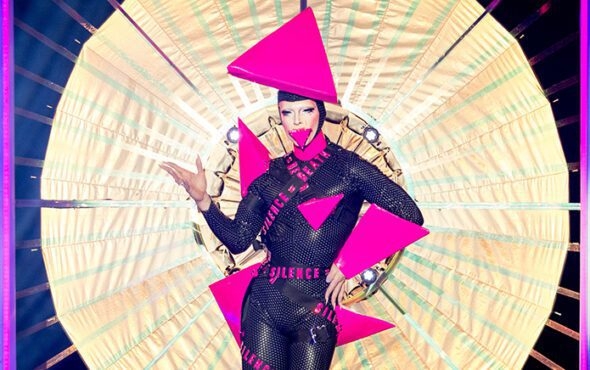
This LGBTQ+ History Month, we will be doing a full deep dive into the Pink Triangle, a now reclaimed symbol initially used to brand men perceived as homosexual in concentration camps.

Before the Nazi regime came to power in 1933, queer communities and networks flourished in Germany, especially in big cities like Berlin. There were nightclubs and cabarets for gay people, gay theatre and films and gay publications sold at most shops - a medium that was used widely for the community to stay in touch and up to date.
There were more than 100 gay and lesbian bars and cafes, songs and films, and Magnus Hirschfeld’s Institute for Sexual Science, which contained thousands of books and journals on sexuality and gender.
There was a pretty large subculture of sex workers in Berlin in particular following generations of soldier prostitutes which contributes to the sex-positive attitude widely seen from many people in the capital city. This was all true despite the fact that sexual relations between men were criminalized in Germany.
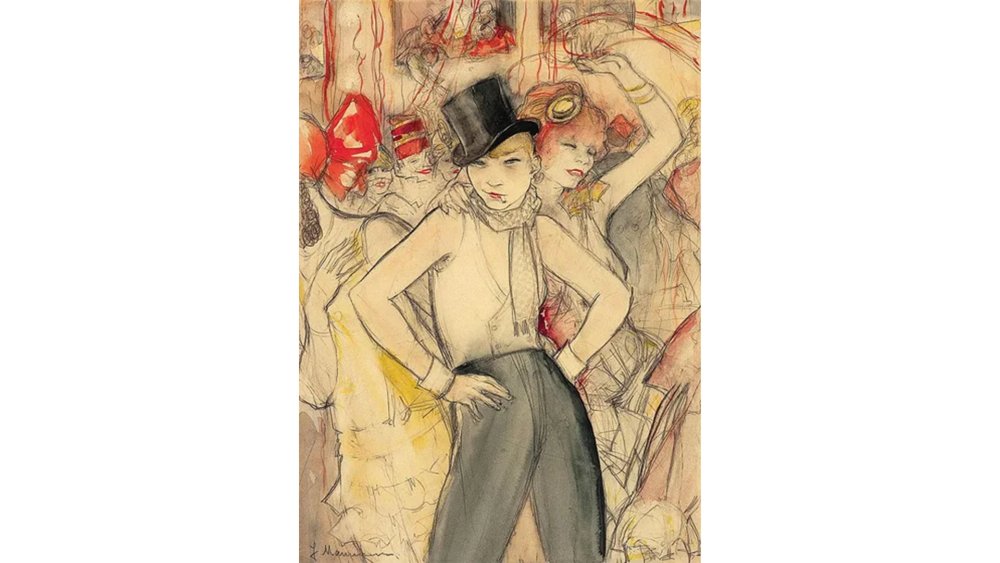
‘Homosexualität’ and ‘homosexuell’ are derogatory terms for people who are perceived to have same-sex attraction and were eventually adopted into the English and French languages to give us the term homosexual.
The Nazi ideology towards homosexuality was clear - they thought that homosexual men were a Jewish conspiracy to infiltrate society, corrupt the youth and prevent the birth of children, whereas they believed that German women had a special task to perform: motherhood. Lesbians were seen primarily as women and were therefore still expected to be mothers to the ‘ideal’ German race or Aryans.
Female same-sex attraction was not criminalised and therefore the SS would imprison people perceived as lesbians in relation to other factors - for example, if they were involved in activism they would be political prisoners.
Between 1933 and 1945, an estimated 100,000 men were arrested in Nazi Germany as ‘homosexuals’, of whom 50,000 were sentenced, and between 5,000 and 15,000 were sent to concentration camps. The Holocaust refers to the genocide of millions of Jewish men, women and children under the Nazi regime. Many gay and bisexual men were castrated and some subjected to gruesome medical experiments. Collective murder actions were undertaken against gay detainees, exterminating hundreds at a time.
Despite being included in the Paragraph 175 penal code, Lesbians accounted for fewer deaths and prison sentences, but it is thought that many queer women were forced to perform sex acts as a form of 'gay conversion therapy'. Records on trans people during the holocaust are unclear, but with the Nazi treatment of LGBTQ+ people as a whole being so abhorrent, it's likely that trans people faced similar inhumane treatment.
In Nazi concentration camps, there were a number of different symbols used to categorise prisoners. Most memorable, perhaps, is the star of david required to be worn by Jewish people at the time. The pink triangle labels someone that was arrested for being perceived as a homosexual man or transgender woman, but does not mean that the person identifies as in either of those ways. Sexual offenders such as paedophiles were also given the pink badge.
The symbols also created a hierarchy within the prison, with pink triangle wearers seen as one of the worst groups and were treated as such, being forced to stay separately from other prisoners in “sissy blocks” and brutally tortured. Homosexuals recieved such horrific torture in the camps that some gay men would pretend they were jewish, as they thought Jewish people would have an easier ride.
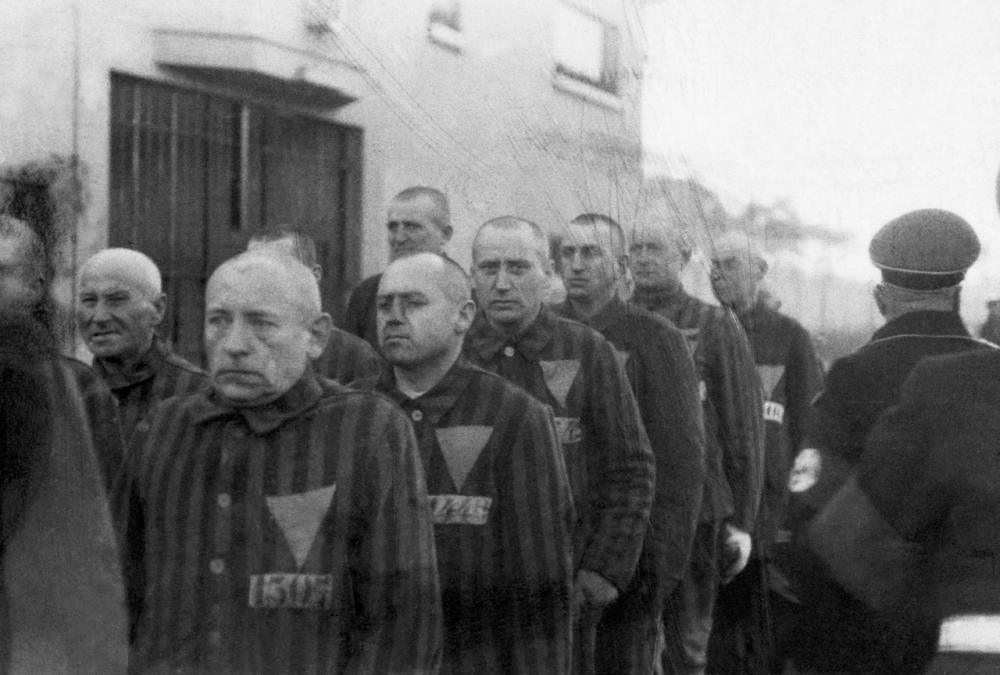
Even after the camps were shut down, many gay survivors were never truly liberated. Homosexuality was not decriminalised in Germany until 1967 in East Germany and 1969 in West Germany, and so a number of survivors ended up back in prison. Many were also unable to return to their families due to the shame and stigma attached to the pink triangle. Even those who did, like Heinz Heger, often found themselves shunned by society.
While Jewish people, children, and political prisoners could apply for financial and moral support from the new German governments, homosexual men could not.
In 1986, William F. Buckley Jr published an article in the New York Times, suggesting those with HIV should be tattooed, making society’s toxic attitude towards the queer community clear.
From there, the collective who formed ACT-UP (AIDS Coalition to Unleash Power) used the Pink triangle in their Silence=Death campaign in New York in the 80s to campaign for support for AIDS patients and the queer communities, referencing its history, that “silence about the oppression and annihilation of gay people, then and now, must be broken as a matter of our survival.” Avram Finkelstein is credited with designing the poster, using the symbol as an upturned triangle rather than the downturned triangle of the Nazi era.
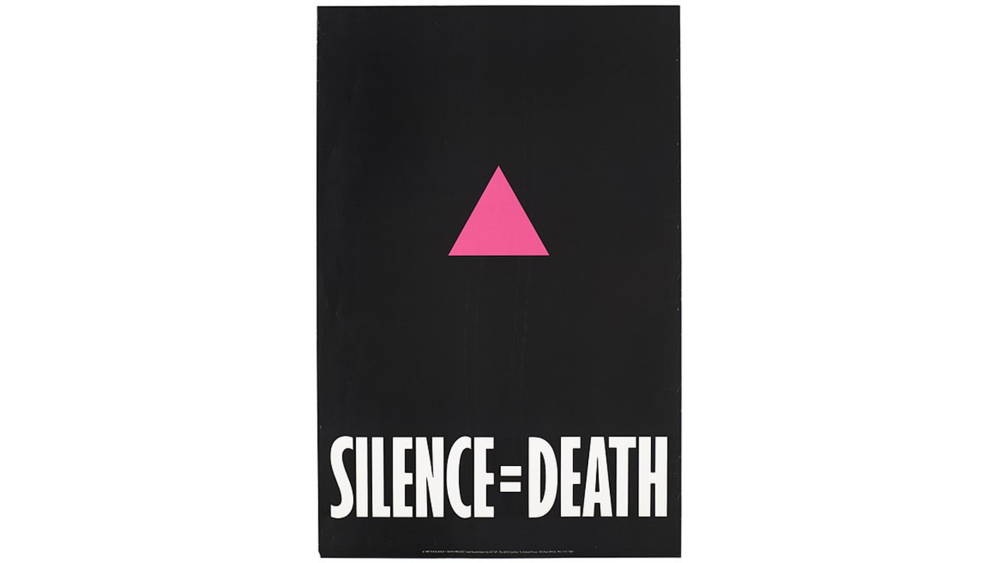
This seems like a well thought-out and powerful gesture - but then why do some people now use the symbol in its original direction? Well, ACTUP actually had a long debate about which way it should face and how it faced in the concentration camps, “And remember, we didn’t always carry computers around [gesturing to his phone],” Avram explained. “So researching something like that was a more complicated thing.” It seems as though that research never took place, so this now-momentous design choice was may in fact be a mistake!
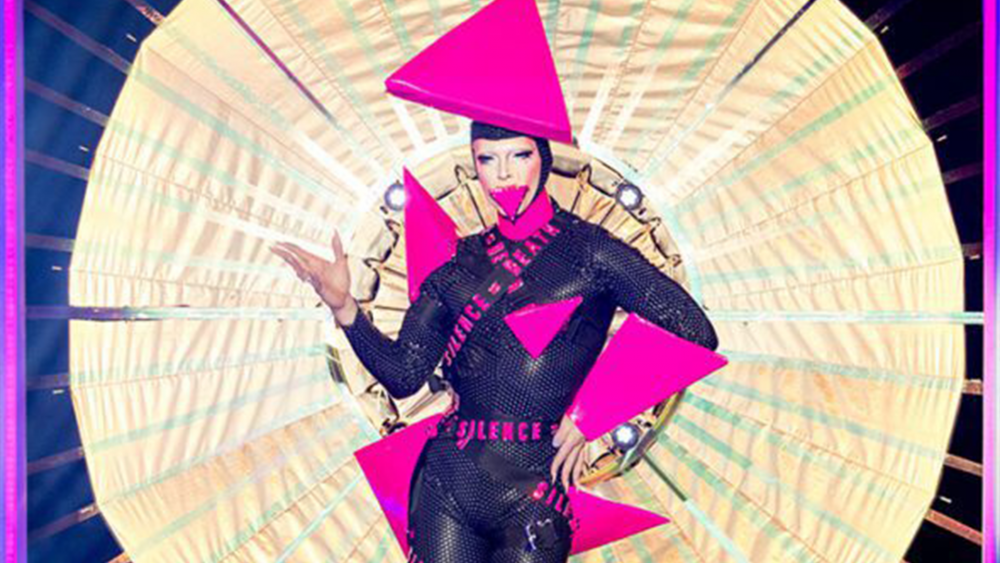
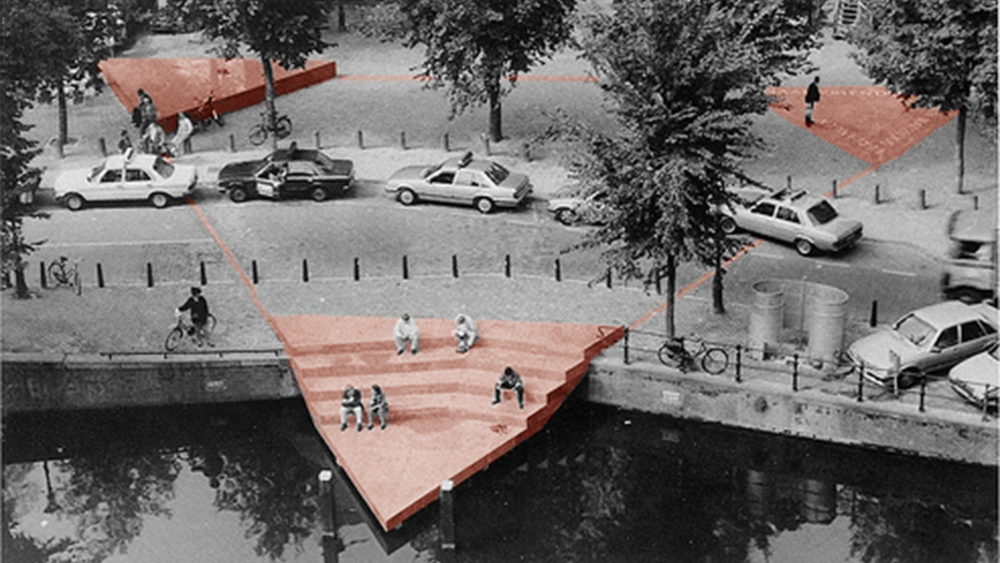
The Pink Triangle has become an important part of the modern Pride movement, carrying the weight of generations of oppression against LGBTQ+ people and acting as a powerful reminder of where we have come from and how what we have fought for, as well as being a symbol of unification for our communities and showing that we will continue to stand together to liberate all of us.
Further reading, with another content warning as all of these provide details of the atrocities inflicted on both the LGBTQ+ and Jewish people in Nazi Germany:
Queer Identities and Politics in Germany: A History by Clayton J. Whisnant.
The Pink Triangle: The Nazi War Against Homosexuals by Richard Plant.
The Men With the Pink Triangle by Heinz Hager.
Latter Gay History Podcast - The Pink Triangle